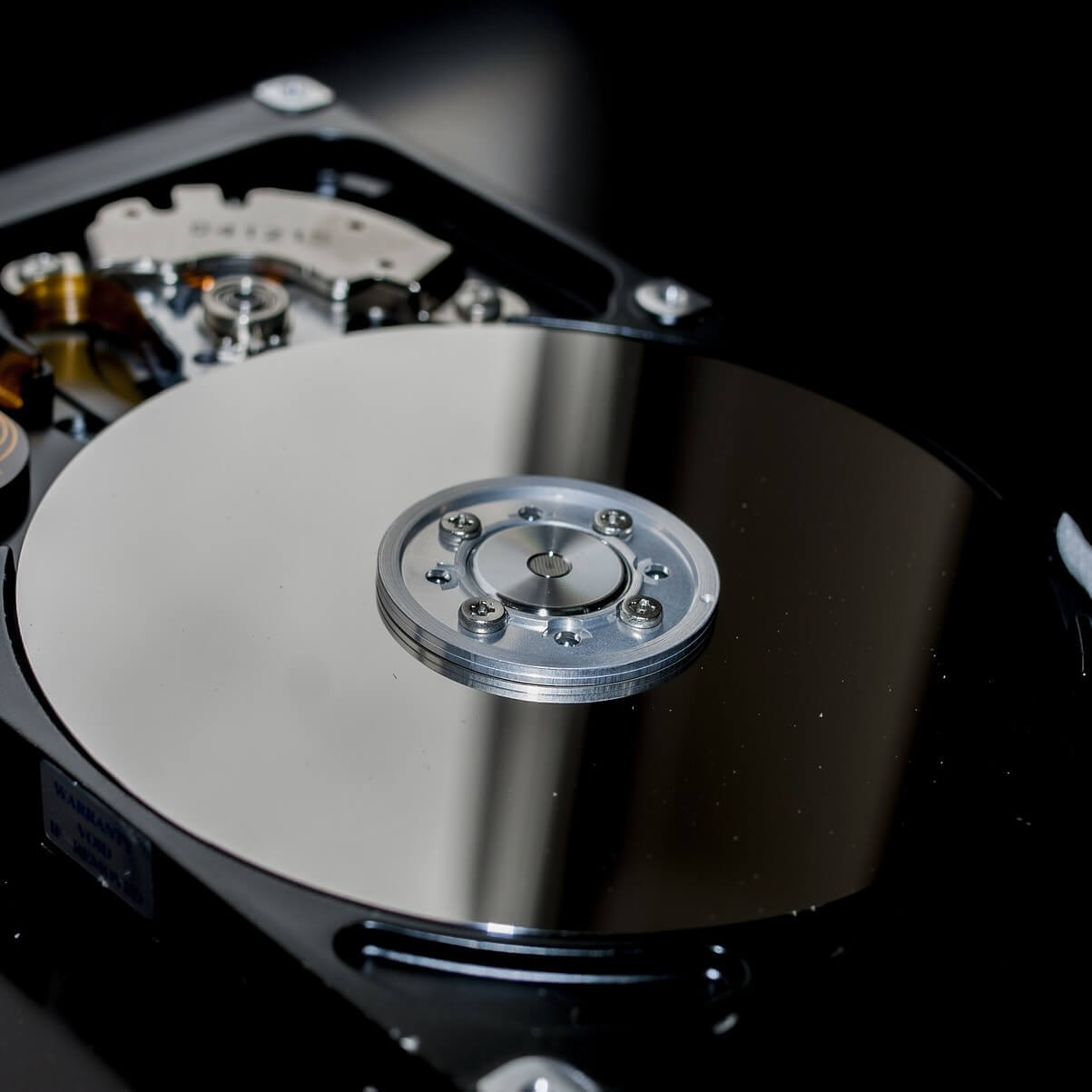Steps required to setup Azure data box - personal observations
Azure Data Box is a hybrid solution that allows you to import your on-premises data into Azure in a quick, easy, and reliable way. You transfer your data to a Microsoft-supplied 80-TB (usable capacity) storage device, and then ship the device back. This data is then uploaded to Azure. This tutorial describes how you can order an Azure Data Box.

- Databox 2,471 followers on LinkedIn. Do you know how your business performed today? Databox, a fast-growing software company, is disrupting the $16B Business Analytics industry.
- Databox pulls all your data into one place, so you can track performance and discover insights in real-time.
Based on: https://docs.microsoft.com/en-us/azure/databox/data-box-deploy-ordered?tabs=portal and observations during setup.Also : https://docs.microsoft.com/en-us/azure/databox/data-box-deploy-picked-up?tabs=in-us-canada-europe
Before you begin:
Requires:i) 1x Azure Databox
ii) 1x Cat 6 cable
iii) 1x Cat 6A cable OR 2x SFP+ links
Databox Laptops & Desktops Driver Download For Windows 7
/GettyImages-172642259-56ead1ef5f9b581f344dee57.jpg)
iv) Laptop computer - ensure that you have permissions to modify the network IP
v) 10GbE (ideal) or 1GbE (optional) for data transfer
Step 0:
Make sure that you have the Azure Databox password - obtain from the Azure portal
Step 1:
Open the data box on both ends - check for power cable. If no power cable, find one (minimum 15AWG)
Step 2:
Connect MGMT port to laptop computer using Cat6 cable
Step 3:
IF using Cat6A ethernet, connect Data3 to ethernet port on Server. If using SFP+, connect 2x to Data 1+2 on Databox, with matching SFP+ ports on the server
Step 4:
Set IP settings on the laptop ethernet card:
Step 5:
Open browser on laptop, and type in https://192.168.100.10
Step 6:
Go to 'set network interfaces' to get IP address for both Databox and Gateway

Step 7:
Hit the arrow next to your storage account on 'Connect and Copy' and identify the Block blob path
Step 8:
Click Connect and Copy -> NFS -> and input the IP address of the gateway
Step 9:
Go to your linux server, and create a directory to serve as a mount point - can be anything, as long as it is an empty directory
Step 10:
On the linux server, type:
sudo mount -t nfs <IP address of Databox>:<storage account name>_BlockBlob /path/to/mount/point/in/step/9
Step 11:
Navigate to the newly created mount point, and create a master folder to serve as the data container.
NOTE: No underscores, please no underscores, please please please no underscores when creating this container folder. The names can only have letters, numbers, and hyphens.
Step 12:
Start transferring data - likely by Rsync. Permissions didn't allow for rsync -a, and symbolic links were rejected by Azure, so rsync -rt seems good to be both recursive and keep modification times.
Return
Step 13:
Databox Laptops & Desktops Driver Download For Windows 8
Recommended to a) cancel any running transfers (eg. pkill screen if data transfers were setup using screen); b) unmount the drive from the linux server (eg. sudo umount -l /path/to/mountpoint); c) disconnect data3 from server to ensure no lingering data transfers running.
Step 14:
Repeat Steps 1-5 with laptop
Step 15:
Go to 'Prepare to ship' and click 'Start Preparation'. This may take days!
Step 16a:
Check for errors - if none, then e-ink screen on front will display return shipping label and the databox will lock. Can download file list and error list to laptop.
Step 16b:
If there are errors to fix, easiest to do by re-mounting the databox. Mounting in Windows (eg. https://docs.microsoft.com/en-us/azure/databox/data-box-deploy-copy-data) was easy way to change corrupting names


Step 17:
Databox Laptops & Desktops Driver Download For Windows 8.1
Arrange UPS pickup or drop it off at pickup point.
